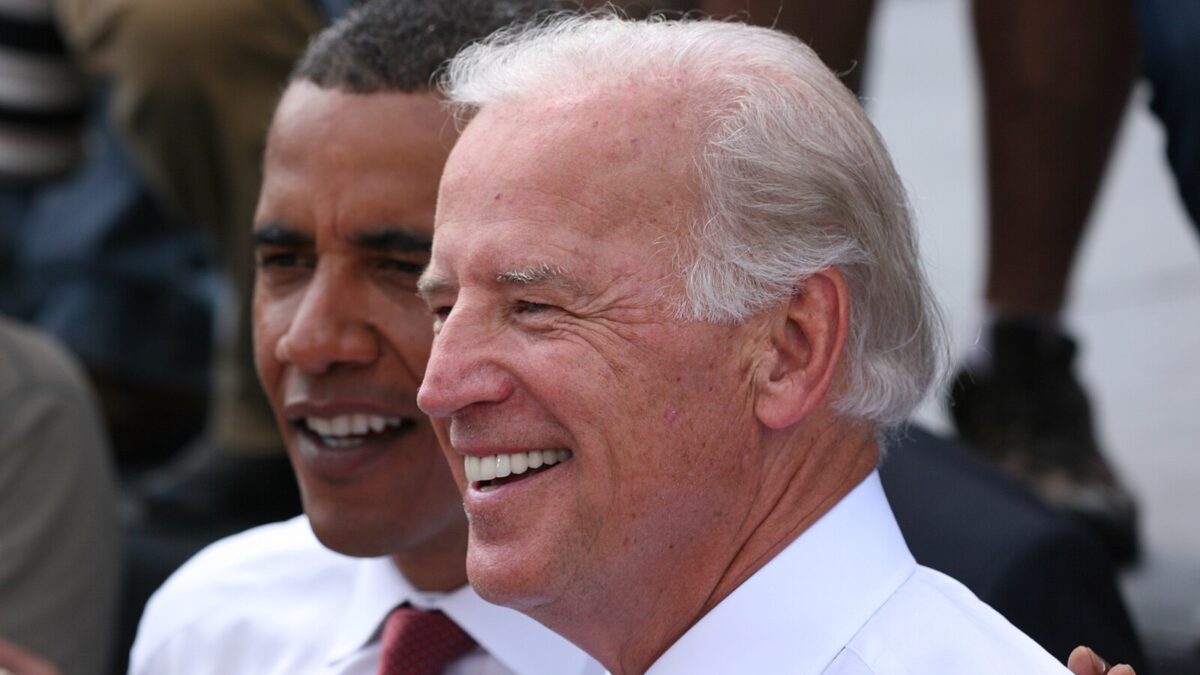
President Trump’s decision to move the remaining American troops out of Syria came under heavy criticism from the mainstream media the day it was announced. Trump’s Syria blunder marks “a win for Putin,” reports The Washington Post. The New York Times labels Russia “a winner” in the Syria decision.
Everything Trump does seems to be giving leverage to a more powerful and hungry Russia, says the media, so much so that Washington Post columnist Dana Milbank is now claiming that Trump singlehandedly “lost [America] the Cold War.”
It is no surprise that the media exaggerates the scale of Russia’s threatening nature whenever given the chance. Many American journalists, relishing the way Trump’s foreign policy dovetails into the media’s narrative of his collusion with Russia over the 2016 election, have an interest in doing so. But all this talk of Russia over the past two years has diminished attention towards the far bigger, more poised, and more capable geopolitical threat America faces today: China.
China easily economically dominates Russia. The gross domestic products of the United States, China, and Russia are mapped in the Google public data graph below. The United States still has the world’s highest GDP, but China’s economic growth in the past ten years has doubled that of the United States and put it on track to compete directly for the world’s economic supremacy. Russia, meanwhile, has a GDP lower than that of Italy.

China’s military adventurism, too, outpaces Russian expansionism. In contrast, China’s moves into the South China Sea have made its control over an extremely large portion of East Asian waters practically “a done deal.” Who cares about ocean waters, one might ask? How about maritime traders and aircraft carriers, for a start? It is true that Russia annexed Crimea in a show of force. But while Russia gained access to one strategic port, China’s recent exploits have cemented legions of ports and bases across East Asia for years to come.
China’s militarism goes far beyond simple skirmishes and into displays of technological superiority. Concerned about Russian interference with U.S. elections? China has shown they are capable of electoral interference and more. Consider China’s mischief in the recent elections in Taiwan, which ousted a strong China critic in favor of one more malleable to the Chinese government. New data shows China targeted millions of Taiwanese accounts for bombardment with pro-China propaganda, overwhelming voters to the point of electoral dysfunction.
China has more than mischief in mind. It is seeking technological supremacy on the world stage. China’s top-rate 5G telecom network, now faster than the West’s, shows that China has the infrastructure to directly compete with the United States in cyberspace. Its recent announcement that it had successfully created the world’s first gene-edited baby, if true, displays China’s bioengineering capacity as well. China’s science and technology radius is currently far more extensive than Russia’s could even hope to be.
But the biggest claim towards China’s cementation of its status as America’s chief geopolitical rival is the strength of its national cohesion. Russian authoritarianism is failing, with President Vladimir Putin’s propaganda machine unable to stifle massive protests against his government and his bureaucracy mired in corruption.
However, China’s authoritarianism is relatively smoothly run and represents a significant ideological challenge to the West’s democratic governance. China’s one-party state is highly centralized, and President Xi Jinping’s current brand of nationalism is systematically manufacturing a China in lockstep with the Communist Party’s orders (including a vast purge of dissenters and critics). The West underestimates the repressive strength of China’s authoritarian state at its own peril.
Some might make the case that nuclear capacity is one place Russia beats China. It is true: Russia owns 6,800 warheads to China’s 270, mostly leftovers from the Cold War. But how far can an arsenal of nukes take you? Can it solve a stagnant economy, a laughable long-term infrastructure, and a corrupt government? Cold War symbols of power no longer dictate today’s geopolitical climate. At least, they cannot make up for the twin factors of economic competitiveness and technological domination, criteria in which Russia is hopelessly outmatched.
On the other hand, China checks both these boxes, and our ignorance of their ambition and growth is quickly becoming self-destructive. When China was nigh one-twentieth the size of our economy (merely 15 years ago!), we allowed them to illicitly capture our critical trade secrets and defense technologies and run an unchecked trade surplus with us. We ignored them when they weren’t a threat, and now that they are, we can’t afford to ignore them again.
So perhaps the American media should re-evaluate its coverage priorities. It’s time for us to tone down our gaggling over Putin’s newest military exercise, and tune up our attention to Xi’s curled smile and the 1.6 billion motivated Chinese workers behind him. While Russia is hanging onto the vestiges of a bygone era, China is forging a new era—one it intends to lead.









